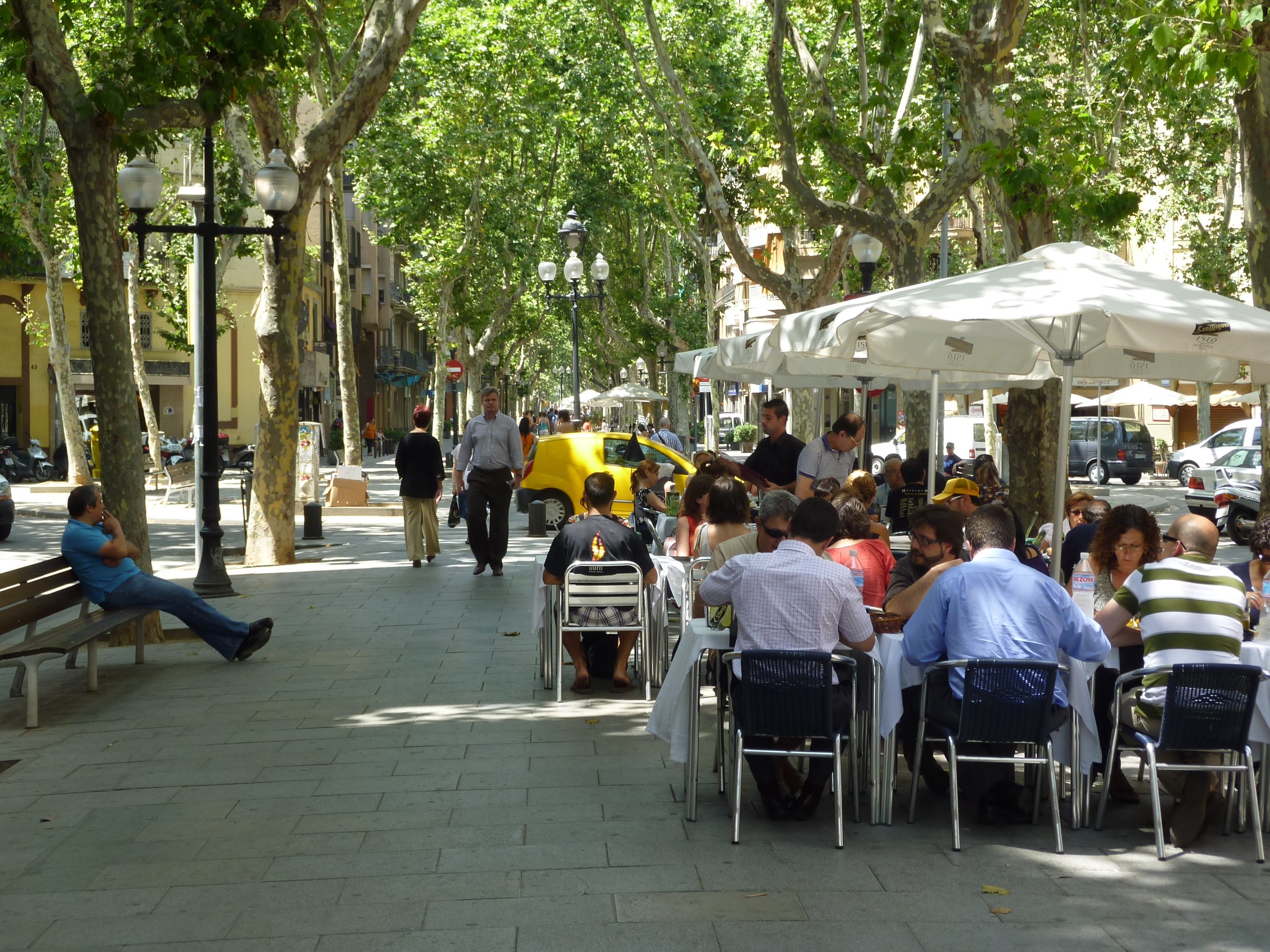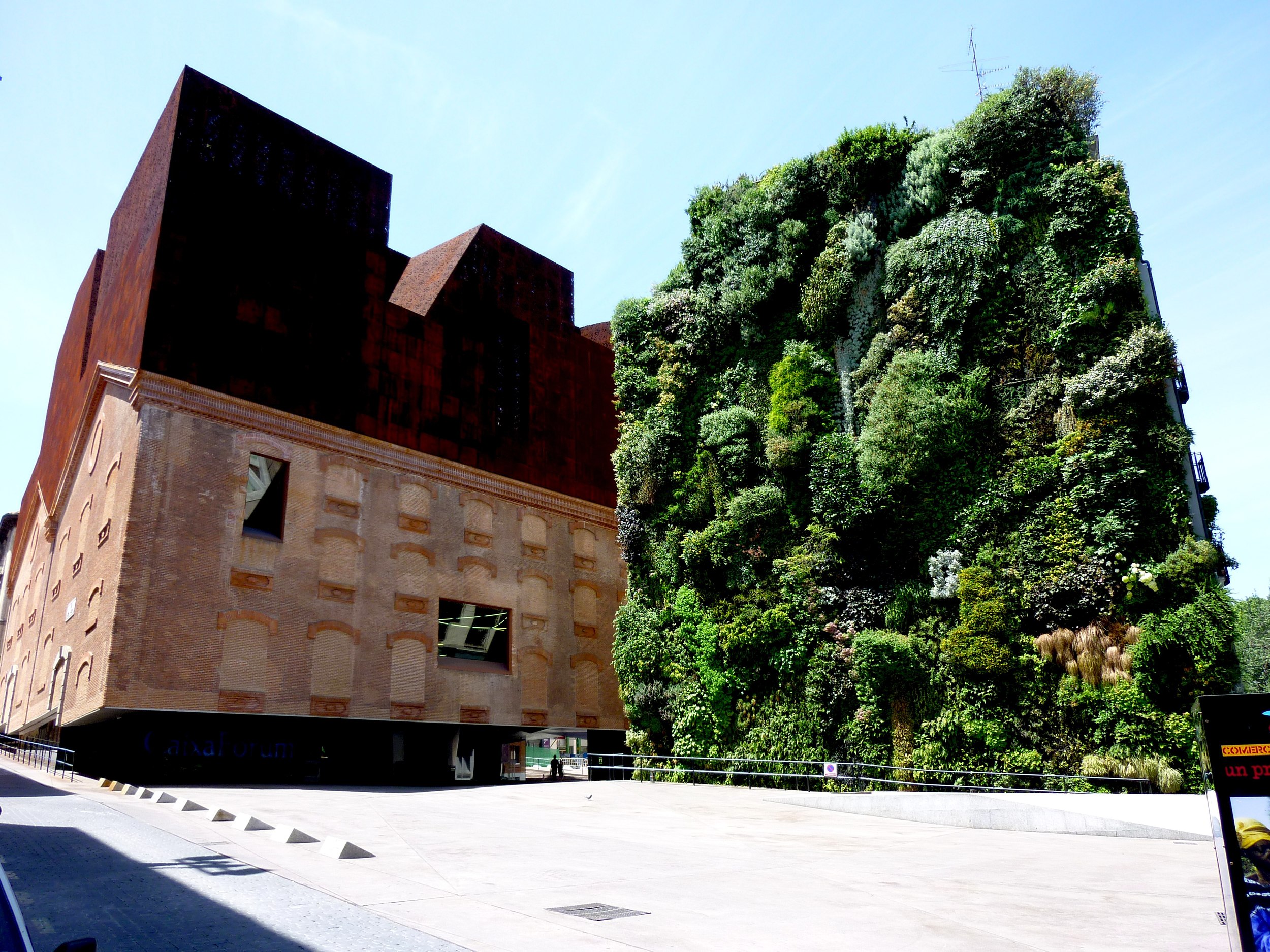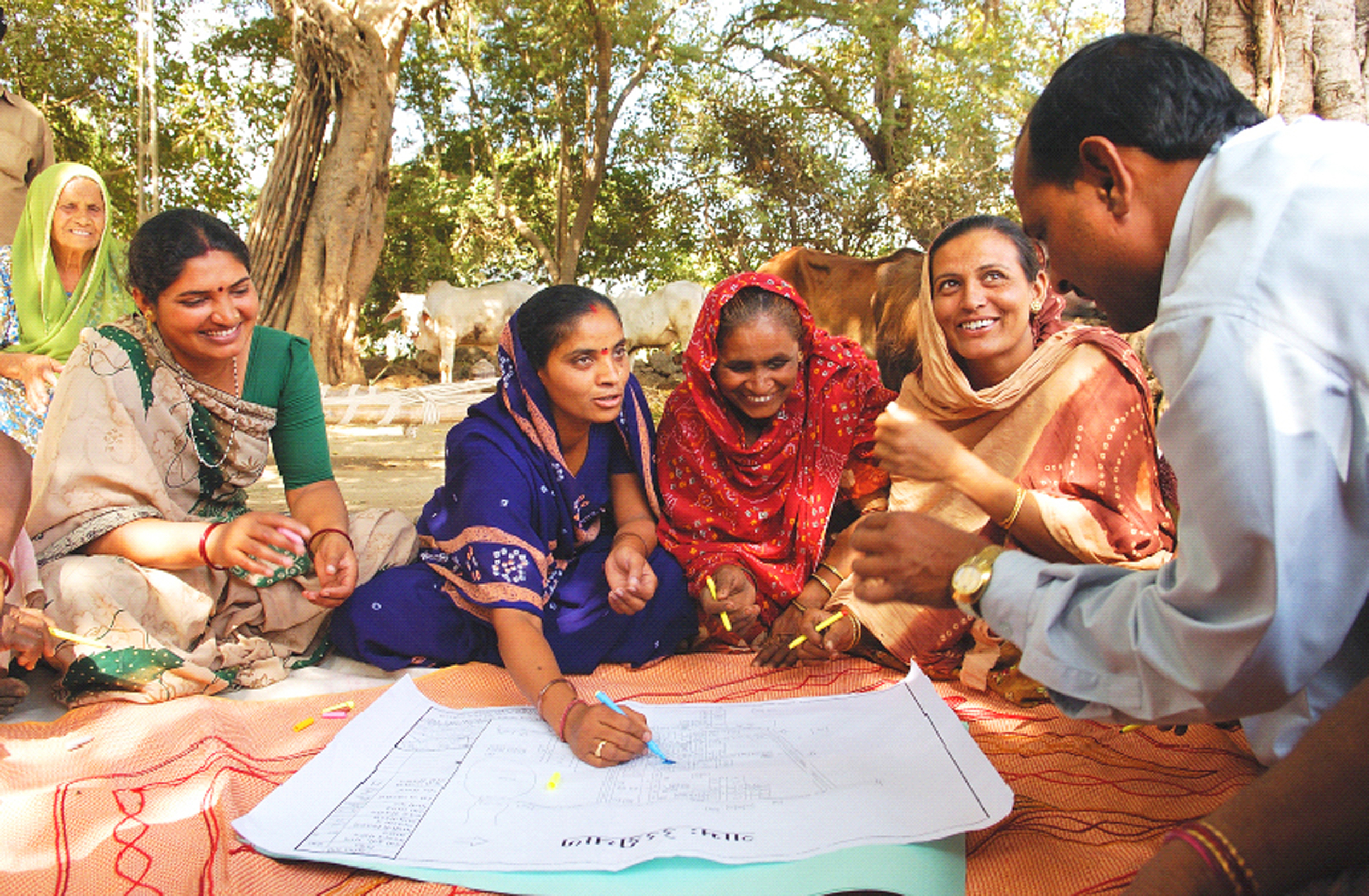Urbanism
Rather than a relatively passive understanding of urbanism based on what it has been or what it is now, Designing Urban Transformation proposes radical shifts towards an empowered understanding derived from what it could be. Rather than ask "what is urban design?" which focuses on a narrowly defined conventional understanding of the status quo, the book asks "what can urbanism be?" which posits an interrogative exploration of the potential of a more inclusive field of thinking and action. The point of the proposed shifts is not simply to articulate another way of doing things, but to develop a profoundly critical engagement with cities and to offer intellectual and ethical guideposts for transformative action. [Click on each image below for enlarged size and rollover for caption]
Exploring The Potential of Urbanism: Pragmatism
Pragmatism is exceptionally insightful for understanding the potential of urbanism and useful in assisting with more effective modes of practice. Pragmatism helps us to approach our work in the city by encouraging us to consider how we can make large-scale, systemic changes that are inclusive and democratic. This laboratory understands urbanism itself to be a design strategy for such large-scale, systemic transformations of cities, whether it takes the form of smaller incremental projects or larger citywide initiatives. Of course, sweeping urban transformations often fail or have a dark side that leads to further exploitation of the under-privileged and reinforce the prevailing power structures. A critical reading of the histories of urbanism can reveal many such pitfalls to avoid and lessons to learn. With this caveat in mind, what are some design strategies for urban transformation that emerge out of the book so far? One strategy is to generate collective inquiry by posing powerful questions such as: What can urbanism be? How do we know when urbanism is transformative? How can we design projects that could lead to moral progress? Provocative questions that get to the heart of critical issues can lead to radically imaginative solutions.
The affinities between design and Pragmatism are manifold: both emphasize an experimental approach to making sense of the world, both place the ultimate proof of an idea in its realization, and both thrive while transgressing disciplinary boundaries. Richard Rorty wrote that philosophical ideas could be used as inspiration for fields of art and design. He believed that art and politics were perhaps more fertile grounds for experimentation than even science: “Experimentation in the science could come to an end because, so to speak, we know it all. Experimentation in the politics and the arts cannot, because, unlike natural science, the function of these areas of culture are [sic] not known in advance. Arts and politics change our purposes rather than simply making us better able to achieve those purposes.”
To design for urban transformation is to begin to see the world through the eyes of a Pragmatist. The objects, intentions, and practice of conventional urbanism will always be secondary to the real consequences that design has in relation to the deeper structures of a changing city. A Pragmatist is not interested in simply tinkering with the social and physical structures of knowledge that already exist; radical conversion is necessary. Urbanist culture—the framework from which urban practitioners operate—must not only adapt, but also shape, the new realities and complexities of the 21st century city in order to bring about fundamental change. [Click on each image below for enlarged size and rollover for caption]
Discovering the Nexus: Pragmatism, Rural Habitat and Urbanism
Case Study [Click on each image below for details]


















